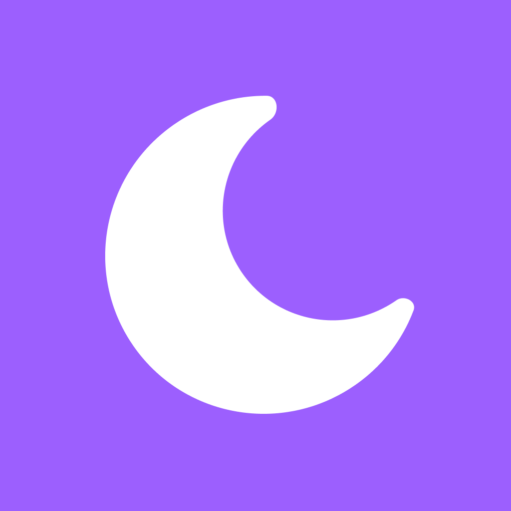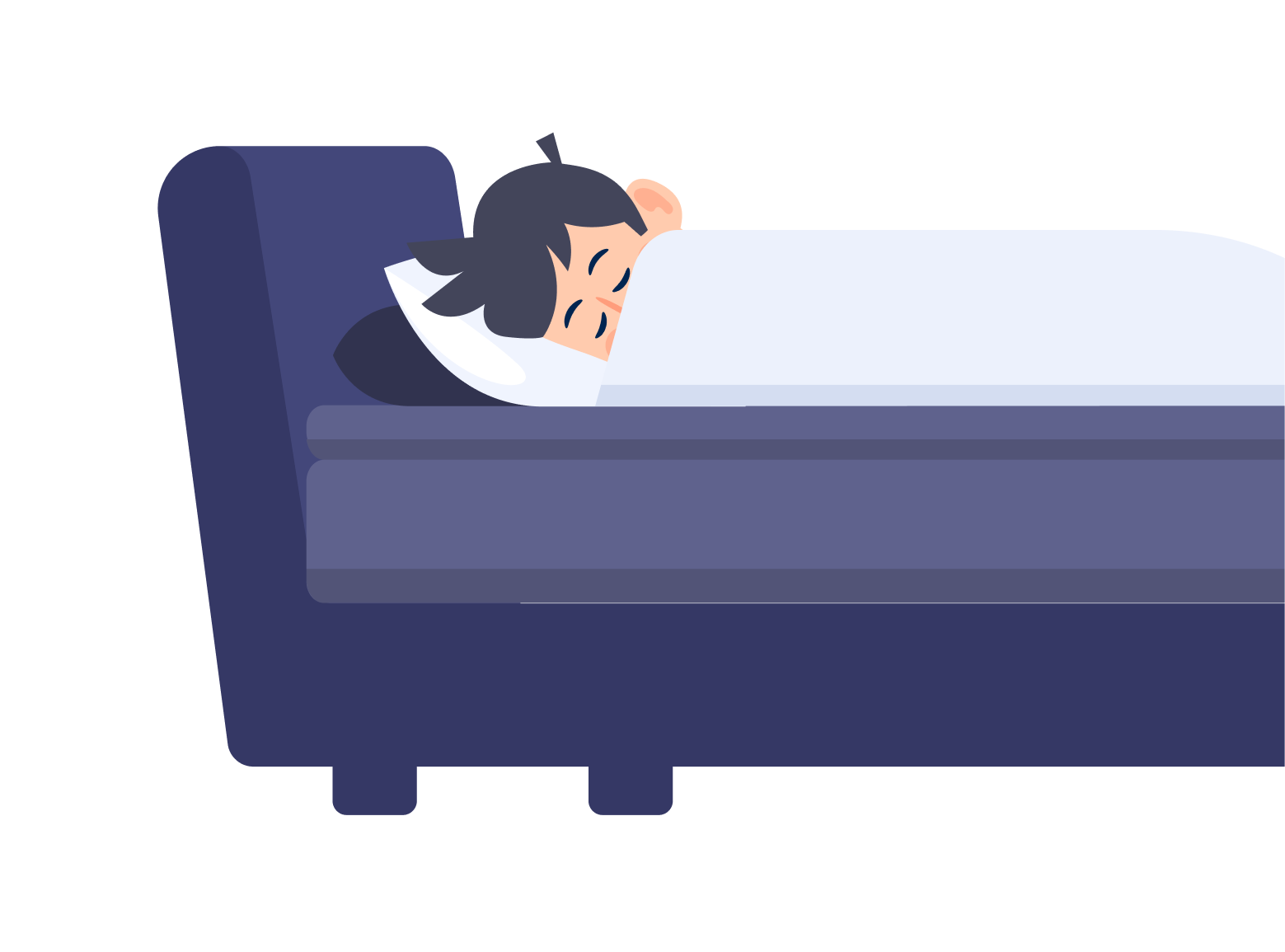For centuries, dreams have fascinated both scientists and philosophers. Only recently have researchers begun to uncover how hormones shape our inner dream worlds. In women, the menstrual cycle creates monthly hormonal rhythms that influence not just the body, but also the mind. These chemical shifts appear to change the tone, detail, and recall of dreams. This article explores how hormones — especially estrogen and progesterone — interact with the creative stories we experience while asleep.
The Science Behind Hormones and Dreams
The menstrual cycle involves dramatic hormonal changes. Estrogen and progesterone rise and fall, guiding reproduction and influencing brain function. These fluctuations affect mood, memory, and emotional processing. As a result, they also alter how we dream. Studies in the Journal of Sleep Research show that women report more vivid and emotional dreams during the late luteal phase, just before menstruation. When hormone levels drop, emotional sensitivity rises. This shift can open a window into deeper emotional processing during sleep.
Dream Patterns Across the Menstrual Cycle
During the follicular phase (days 1–14), estrogen rises steadily. Dreams during this phase often feel lighter and more optimistic. Many women describe themes of renewal, adventure, and curiosity. Narratives are also clearer and less surreal. However, dream recall can decrease slightly. Neuroscientist Dr. Jessica Payne explains that “rising estrogen supports hippocampal function, improving dream structure but sometimes reducing memory upon waking.”
At ovulation (around day 14), estrogen peaks and luteinizing hormone surges. Dream themes often shift toward connection and attraction. Many women experience increased sensory detail, vibrant colors, and romantic or social encounters. These changes seem to mirror the body’s readiness for reproduction, blending biology with the imagination.
The luteal phase (days 15–28) tells a different story. As progesterone increases and later falls, dreams become more emotionally intense. Anxiety, conflict, or surreal imagery often appear. Dream recall also improves during this phase. Women report remembering more dreams, describing them as bizarre or emotionally charged. This may reflect the brain’s effort to process stress and hidden feelings as hormones fluctuate.
The Premenstrual Dream Experience
The days just before menstruation bring the most striking dream changes. Nearly 40% of women report more negative dream emotions in this phase. Research in the journal Dreaming found a 25% rise in nightmares before menstruation compared to other phases. Yet these intense dreams may serve a purpose. According to Dr. Sara Mednick, “vivid premenstrual dreams help the brain process emotional memories as hormone levels change.” In short, the mind seems to use dreams to restore balance during hormonal shifts.
Hormones, Memory, and Dream Formation
Hormonal effects go beyond dream content. Estrogen and progesterone receptors exist in brain regions tied to emotion and memory — the amygdala, hippocampus, and prefrontal cortex. When hormone levels fluctuate, neurotransmitters and brain activity patterns shift. These changes alter how we store and recall experiences. Dr. Michael Breus, a sleep psychologist, explains: “Hormonal fluctuations act like emotional filters. They influence how the dreaming brain processes daily experiences.” Thus, our hormones color not just our moods but also our dreams.
Practical Applications and Self-Awareness
Understanding how hormones influence dreams can improve self-awareness. Tracking dreams alongside the menstrual cycle helps reveal personal emotional patterns. Many women notice how specific phases align with dream mood and intensity. This awareness can enhance emotional balance and body connection. For those with premenstrual mood changes, dream reflection offers useful insights. Some therapies now integrate dream journaling to explore hormonal effects on emotional health.
Sleep routines can also adapt to these rhythms. Relaxation before bed helps reduce nightmares during the premenstrual phase. During ovulation, when dreams are often positive and imaginative, journaling them can inspire creativity. In both cases, awareness turns dreaming into a self-care practice rather than a mystery.
Beyond the Menstrual Cycle
Hormones continue to shape dreams through other life stages. During pregnancy, vivid dreams filled with nurturing or protective themes are common. As estrogen and progesterone surge, emotional awareness heightens. In contrast, menopause brings new dream patterns as hormone levels drop. Themes of transformation, loss, and renewal often appear. Even hormonal contraception or therapy can alter dream vividness and emotion, confirming the strong link between chemistry and imagination.
The Future of Hormone-Dream Research
Modern neuroscience is expanding what we know about dreams. Researchers are now combining real-time hormone tracking with REM sleep imaging to study hormonal effects on dreams. AI-driven analysis of dream reports adds even more precision. These tools may soon allow personalized sleep and emotional care based on hormonal rhythms. In the near future, your dream journal could reveal more about your body than ever before.
Conclusion
The connection between hormonal cycles and dreams reveals how deeply biology and psychology intertwine. For women, dreams provide a reflection of the body’s inner rhythms. Understanding these patterns transforms dreams from random stories into meaningful signals. Hormones don’t just guide fertility—they shape emotion, memory, and imagination.
Every dream you recall is part of your body’s language. It translates hormonal movement into images and emotions. So, the next time you wake from a vivid or emotional dream, pause and consider your cycle phase. Your body may be whispering through the poetic language of sleep.








